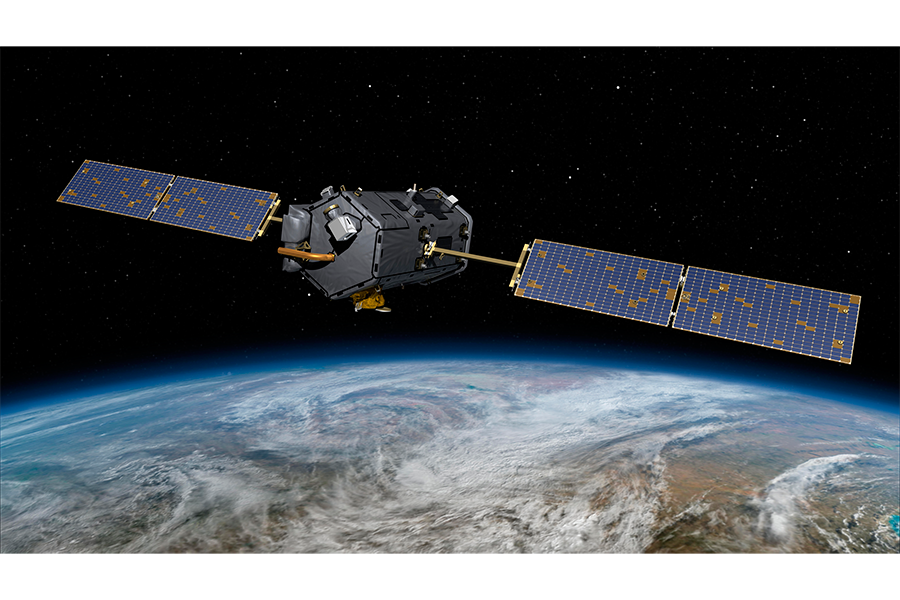How NASA's CO2 simulation could boost climate science
Loading...
Trapped atmospheric carbon dioxide, according to scientific consensus, has warmed global climates for decades. And now, you can watch it happen.
Using high-resolution emissions data, NASA has produced a 3D simulation of how CO2 moves through the atmosphere. Scientists hope the model will explain phenomena such as “carbon flux” – the exchange of carbon dioxide between the atmosphere, land, and ocean.
"We can't measure the flux directly at high resolution across the entire globe," Lesley Ott, of NASA’s Goddard Space Flight Center, said in a statement. "We are trying to build the tools needed to provide an accurate picture of what's happening in the atmosphere and translating that to an accurate picture of what's going on with the flux. There's still a long way to go, but this is a really important and necessary step in that chain of discoveries about carbon dioxide."
The model is the culmination of two years of data from NASA’s Orbiting Carbon Observatory-2 (OCO-2). The satellite, which launched in 2014, uses near-infrared spectrometers to track atmospheric carbon dioxide down to the molecule. Since then, OCO-2 has returned almost 100,000 CO2 estimates per day from all over the globe.
OCO-2 has been critical in the continued search for what’s known as the residual terrestrial sink. Only about half of fossil-fuel emissions are trapped in Earth’s atmosphere. Some 25 percent is taken up by the oceans, which means the rest must be taken up by land-based processes – a kind of “sink.”
The Christian Science Monitor’s Pete Spotts reported:
But land uptake is harder to gauge because the CO2 isn't as well mixed across the landscape as it is throughout the fluid atmosphere or oceans. Different patches of land can soak up or release CO2 at different rates based on, among other things, vegetation and climate.
Researchers have their favorite ideas for the missing sink. Some point to tropical rain forests, others point to mid-latitude forests, while still others point to boreal forests in Canada or Siberia.
As detection technologies improve, future satellites could even track whether nations are complying with global climate treaties, at least on the regional scale. In the meantime, researchers will work more complex biology modules into the model, which could more precisely measure the exchange of carbon dioxide in forests and other land-based ecosystems.
"It's taken us many years to pull it all together," Steven Pawson, chief of NASA’s Global Modeling and Assimilation Office, said in a statement. "The level of detail included in this dataset gives us a lot of optimism that our models and observations are beginning to give a coherent view of the carbon cycle."








